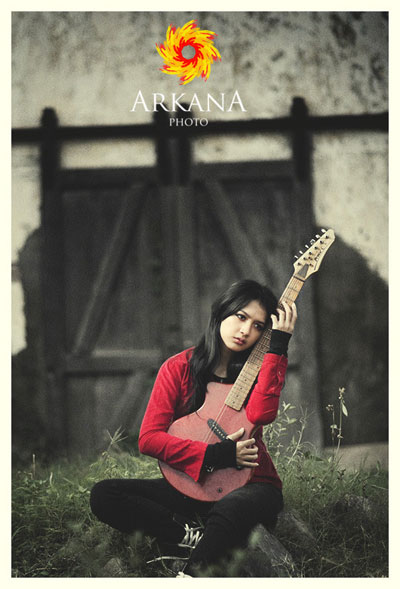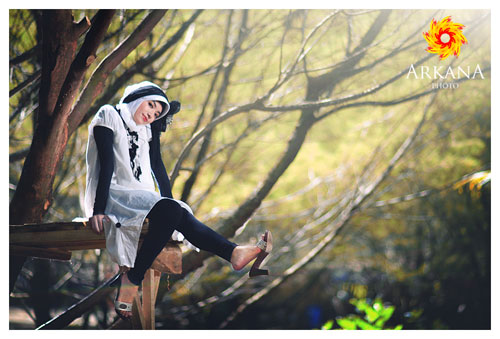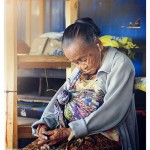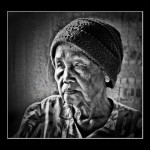
The following are points to consider when conducting a model/portrait photo shoots. In this post, I will be discussing the matter of composition, angle, backgrounds, and lightings; areas in which beginners usually make mistakes in.
1. Composition
Pay close attention to the composition when photographing a person. If the scene above the head of the object supports and establishes the mood of the photograph, then it’s fine; but if not, you should not leave too much space above the mode’s head. Also pay attention not to cut off any appendages that may make a photograph seem cramped (such as the elbow or the ear), and also avoid photographing with the legs of the model positioned facing directly at the camera.
2. Angle
To get balanced body proportions of the model, don’t forget to shoot at eye level (relative to the model). If you are shooting a close-up shot (consists of the model’s head to his/her shoulder), then align your lens with the nose of the model. If you’re composing a half-body shot, align the lens at chest-level. And when it’s a full-body shot you’re shooting, align to the waist. If you do not align as such, the model may seem shorter than he/she really is. Conversely, if you position the lens too low, the model will seem taller and the lower part of the model’s body (feet and waist) will seem wider.
3. Background
Another thing to closely consider is the background of the shot. Don’t just focus on the model; also take note of the background. Often times there is something in the background that disrupts the scene; such an electrical pole, cables, and passersby. If the background is distracting and obvious, you should consider other angles or change locations. When photographing a model outdoors, choose rather secluded locations with soft backgrounds so the model becomes the main point of interest of the photograph. Also pay attention to the contrast between the background and the object. Backlight will occur if the background is too bright, resulting in the model seeming to dark in contrast. In such situation, fill-in flash is necessary.

4. Lightings
Lighting is important in composing a photo. Avoid frontal lighting that illuminates directly onto the face of the model; because illumination from the front will give the face and image a flat two-dimensional feel. Place the model or the light source slightly to the side so that shadows on the face create a more three-dimensional feel. To distinguish the object from the background, shining a rim light is a good idea. Also, when photographing outdoors, try to schedule your shoot when the sun rays are still soft ( 8 – 10 in the morning or 3 -5 in the evening). This timing is characterized by the shadows that fall under the eyelids or nose and softer look of the neck.
Read also:
Begginer’s Guide to Portrait Photography




